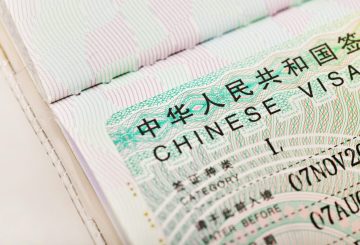新西兰最大的毛茛壁球种植者之一正在用植物性牛奶进入亚洲的替代蛋白质市场。
Kabochamilk 是霍克湾种植者夏恩·纽曼和日本名厨 Sachie Nomura 的合作伙伴,他开发了世界上第一个鳄梨牛奶。
Kabocha是日本品种的南瓜,是日本和东亚饮食的主要组成部分,新西兰是向日本和韩国最大的Kabocha出口国之一。
第一产业部通过其可持续食品和纤维期货基金捐款超过 95 000 美元,帮助加强 Kabocha Milk Co 在研制、制造和销售持续稳定Kabocha牛奶,吸引日本、韩国、中国及其他地区消费者。
纽曼说,通过他的家人从 40 多年的新鲜园艺和出口业务中建立的强大的分销和零售渠道,Kabochamilk 能够进入由约 5000 家亚洲零售商、超市和便利店连锁店组成的庞大分销网络。
纽曼说:“我们的 Kabochamilk 使用未出口的标签 -3 水果,从原本会浪费的农产品中创造出一种高价值、可持续和可出口的产品。”
“对于创造新西兰 kabocha 行业的新机遇,令人非常满意。”
纽曼表示,虽然他们的所有产品都将离岸,但他们使用的是当地农民、当地研发和当地制造商、包装和国内物流公司。
他说,关于在新西兰种植和生产的卡博卡的故事是品牌的重要组成部分。
纽曼说:“新西兰种植者在消费者中已经拥有非常高的信誉,因此我们在营销中强调产品的原产地故事。”
“从产品概念到品味再到品牌,市场反馈已经非常积极。”
Kabochamilk 被定位为日常的 “牛奶替代品” 产品,可以在一天中的任何时候饮用,作为将健康营养素引入家庭饮食的简单、美味的方法。
MPI 的投资计划主任史蒂夫·彭诺表示,卡博查牛奶公司正在新西兰食品行业提供宝贵的就业机会,随着公司的扩张,这些机会将继续增长。
“这也是从剩余产品中为我们的种植者提取更大产量和价值的创新方法。目前,新西兰种植的卡博卡中有 10% 至 15% 用于库存食品。






























































